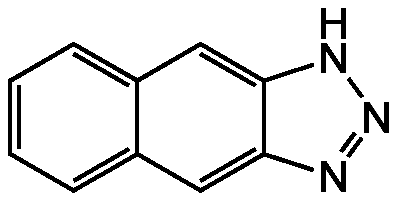1(H)-Naphthotriazol
Product Code:
CDX-N0051
CDX-N0051
Regulatory Status:
RUO
RUO
Shipping:
AMBIENT
AMBIENT
Storage:
-20°C
-20°C
No additional charges, what you see is what you pay! *
| Code | Size | Price |
|---|
| CDX-N0051-M005 | 5 mg | £72.00 |
Quantity:
| CDX-N0051-M025 | 25 mg | £255.00 |
Quantity:
Prices exclude any Taxes / VAT



